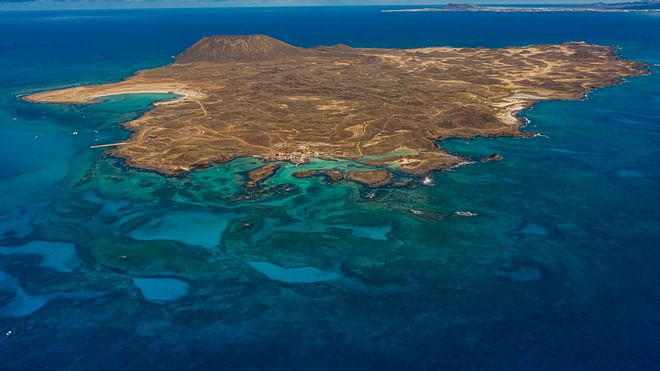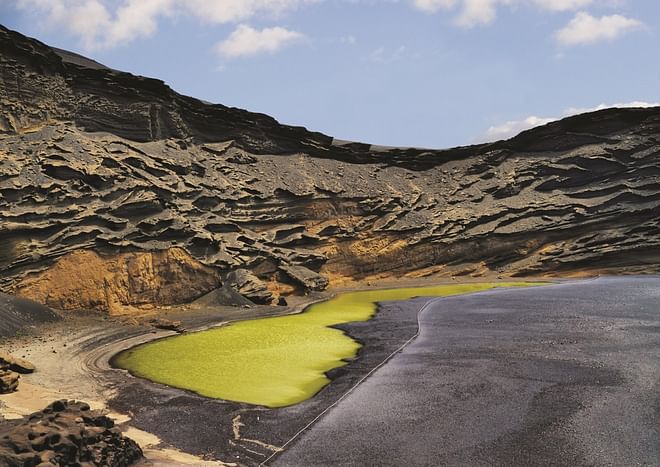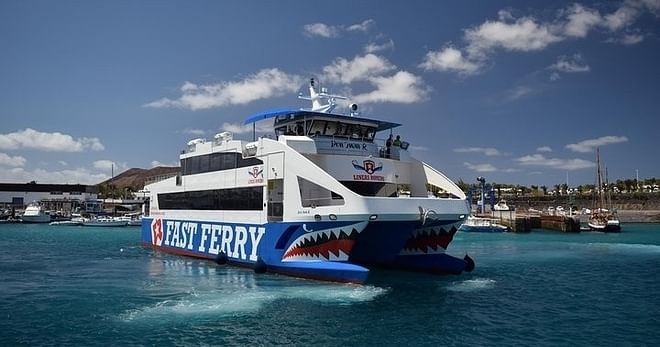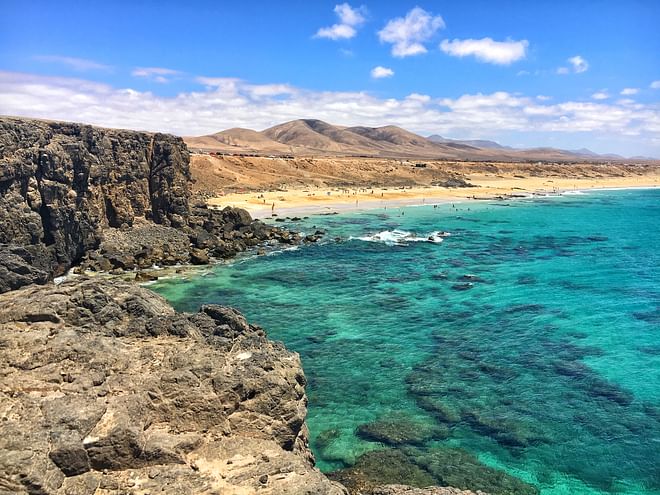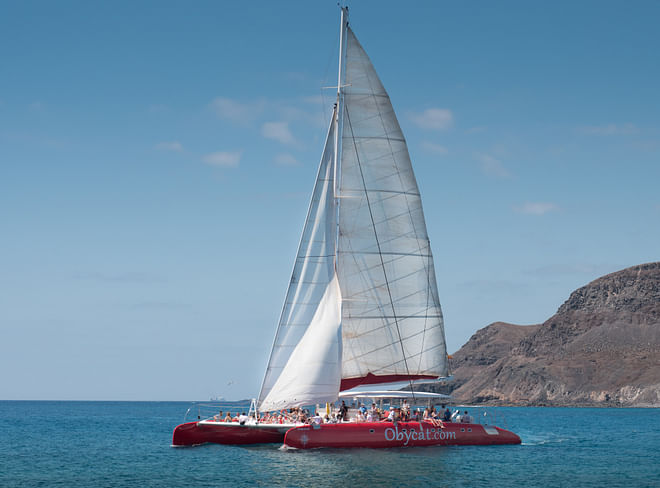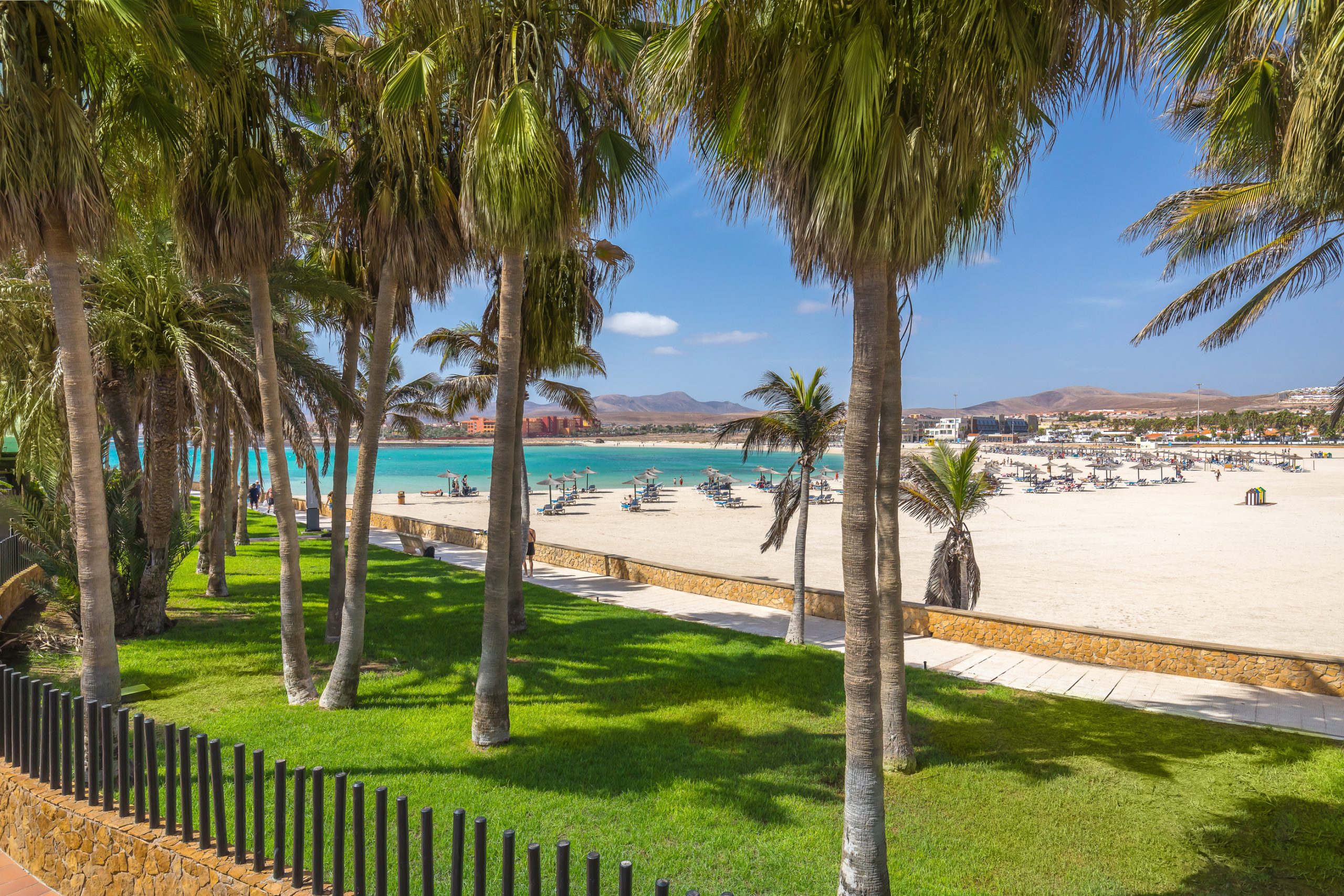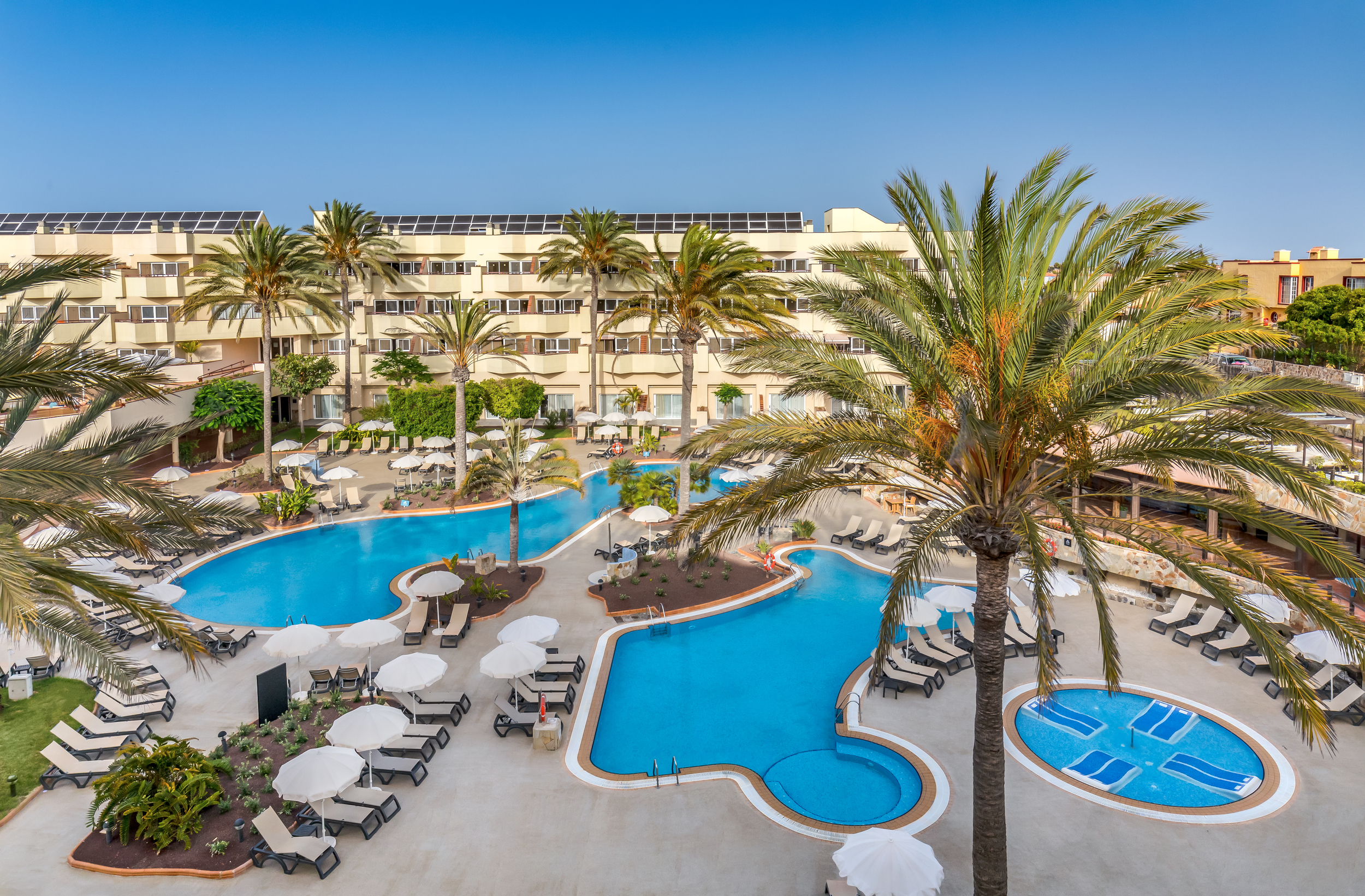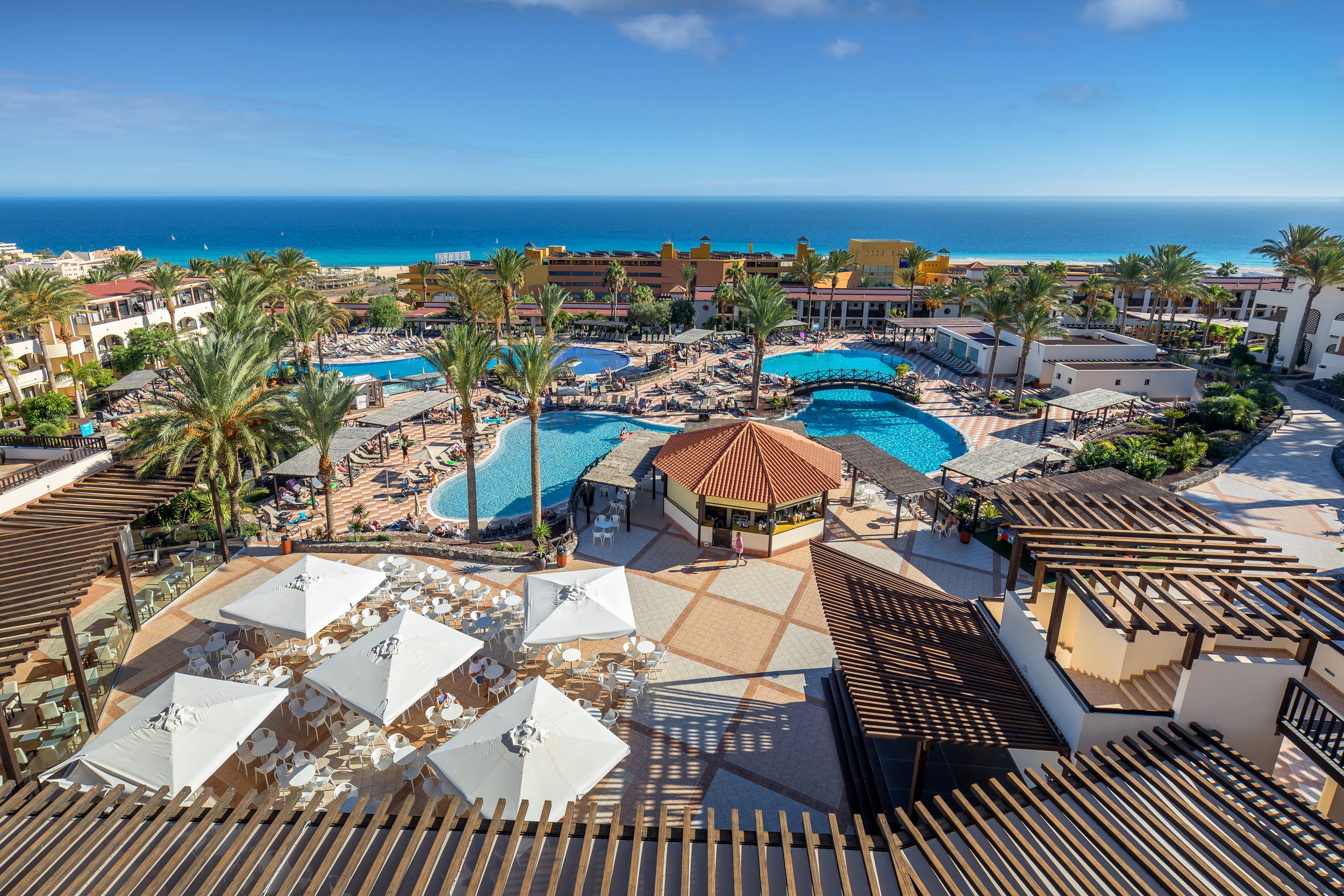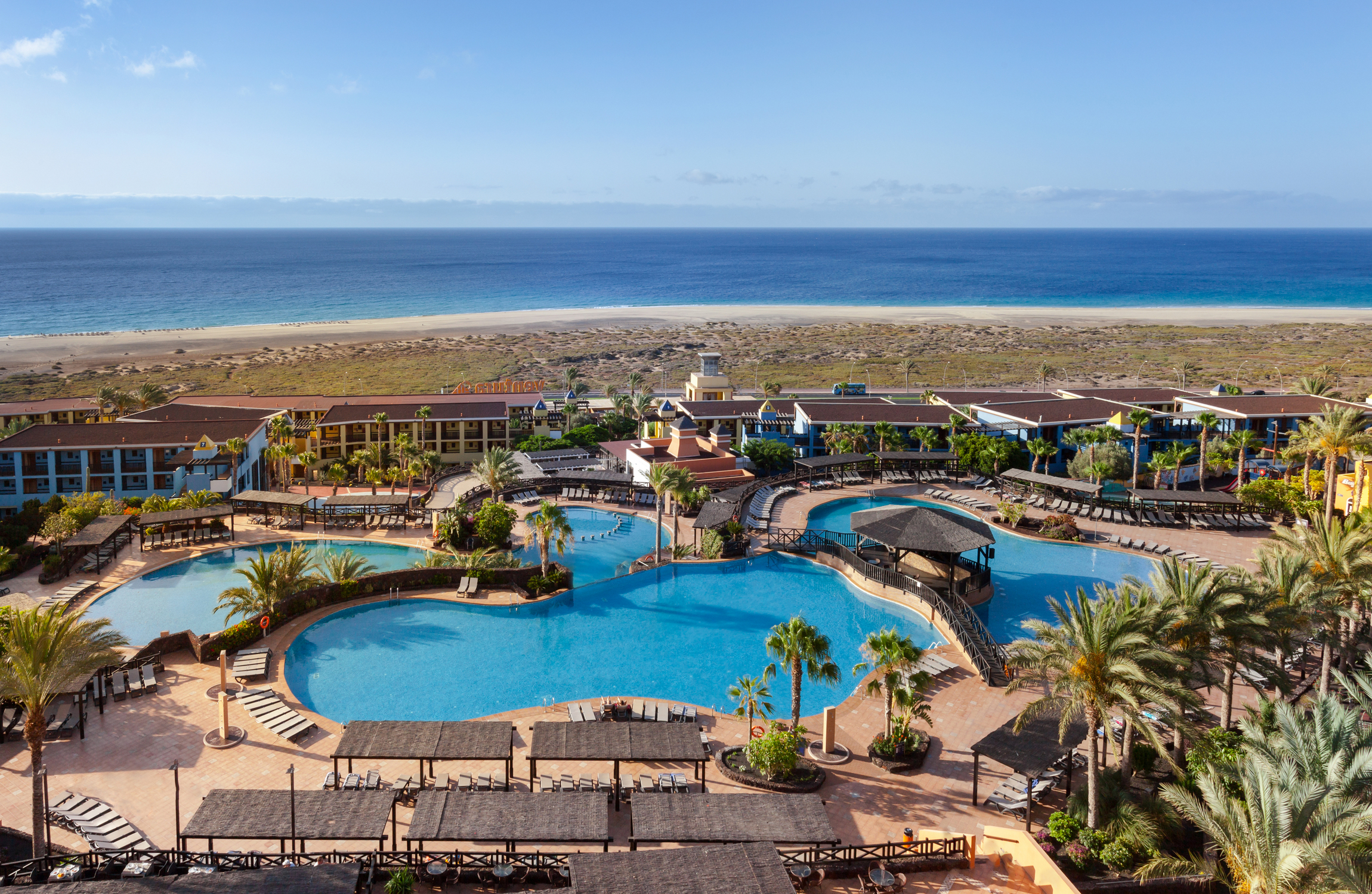Virgen de la Peña [Our Lady of the Rock] is the patron saint of Fuerteventura. This white Gothic sculpture is one of the oldest Christian votive offerings on the island and the image most revered by locals. It is housed in a chapel with the same name, just outside the small village of Vega de Río Palmas. According to legend, it was near this location, in the Peña ravine, where the image appeared before San Diego, Friar Juan de Santorcaz and several shepherds.
The Virgen de la Peña religious pilgrimage to the sanctuary
The Virgen de la Peña’s current sanctuary was built in the early eighteenth century. The structure has a simple white exterior, a single nave and a hipped wooden roof. The interior features an altarpiece with the Virgen de la Peña and a coffered wooden ceiling.
The third Saturday of September marks the festivities honouring Our Lady of the Rock, the patron saint of Fuerteventura. Pilgrims and visitors from all over the island visit the sanctuary to pay tribute. On this special day—one of the most popular events throughout the year—the statue is adorned in a gorgeous cape and carried as part of the religious pilgrimage.
The chapel is approximately 33 kilometres from Puerto del Rosario, in Betancuria Rural Park, on the outskirts of Vega de Río Palmas. Despite being wild, mountainous and fairly inhospitable, this region boasts lovely landscapes of great geological value. It is one of the few places in the world where elements originating from the oceanic crust, such as Puerto de la Peña, can be found.
Our Lady of the Rock, 21 cm of history in Fuerteventura
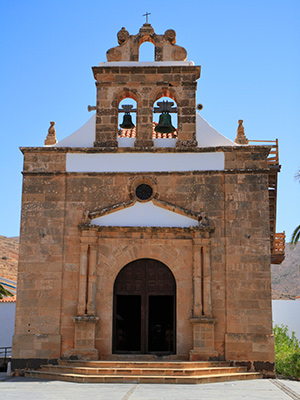
The Virgen de la Peña is an alabaster sculpture, measuring only 21 cm tall, of Madonna and Child in ‘serene majesty’. Although the artist is unknown, the style clearly belongs to the most beautiful and elegant French Gothic. Beyond its significance to devotees, its historic and artistic value is priceless. It is considered to be the only surviving witness of the island’s first European conquest.
This event dates back to 1402, when the Frenchmen Gadifer de la Salle and Jean de Béthencourt captured Fuerteventura. In fact, the nearby town of Betancuria was named after the latter. The image’s small size made it easy to transport by sea, as proven by the hole on the back that was supposedly made so it could be firmly fastened inside a travel box.
The image is believed to originally have been housed in another chapel, which was destroyed by the Guanches in 1405 as they defended the island from the French invasion. The sculpture has minor damage from this battle. In the decades that followed, the two protagonists of the miraculous legend, Friar Juan de Santorcaz and San Diego, came across the image of the Virgen de la Peña and took it to the Monastery of San Buenaventura in Betancuria.
The sculpture was mutilated over 100 years later, and then partially repaired in the seventeenth century. The damage was caused during a Berber-led pirate raid in 1593. It is said that the Virgen de la Peña was hidden in a cave, and perhaps this is the episode when the statue lost its polychromy, resulting in the immaculate white colour we see today. The sanctuary that currently houses the image was built in the eighteenth century.
Legend of the Virgen de la Peña
Popular traditions tend to prefer legendary and miraculous versions of their images. As mentioned earlier, the famous story behind the patron saint of Fuerteventura is about its miraculous discovery.
According to legend, San Diego asked a group of shepherds as to the whereabouts of Juan de Santorcaz, a Franciscan friar who enjoyed exploring dangerous, rocky paths. The shepherds replied that they did not know but that they had seen bright lights near the Palmas River ravine.
San Diego and the shepherds headed to the area around the ravine and found the body of Friar Juan at the bottom of the water, immersed in prayer. Upon taking him out, they realized that his clothes were dry. Friar Juan explained that he had slipped into the water, and as he fell, he prayed to the Virgin for a miracle.
The bright lights emerging from the La Peña continued, and San Diego, moved by divine inspiration, decided to break the rock, from which the white figure of Madonna and Child appeared. As of then, it was called the Virgen de la Peña.
The Virgen de la Peña, an image with closed eyes
The figure is housed in a sanctuary under a lovely coffered ceiling, tucked away in a niche framed by a silver-plated sun and a golden half-moon. Crowns have been placed on the heads of the Madonna and Child.
She holds the baby in her right arm as he appears to reach up to hug her. Part of the baby’s face, an arm and a leg, along with one of the mother’s hands, have broken off. However, all these imperfections are balanced out by the sweetness conveyed. An aspect that stands out is the oval-shaped, youthful face of the Virgin, who mysteriously has her eyes closed.






























































